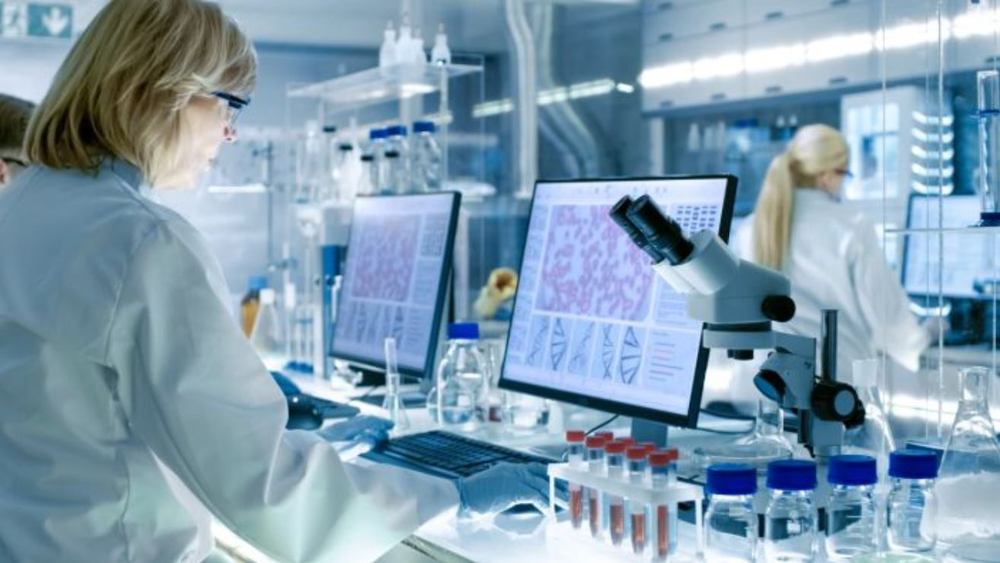On Dec. 30, 1930, the first-ever photo of the Earth’s curvature was taken.
This photo was taken by Lieutenant Colonel Albert William Stevens, who was an officer in the U.S. Army Air Corps and an aerial photographer. He also happened to be a balloonist, and he once broke a world record for a high-altitude balloon flight. Stevens took this photo while flying in a balloon over South Dakota.
He used infrared-sensitive film that worked well for long-distance aerial shots in which the subject was obscured by things like haze. The mountains he was photographing were more than 300 miles away, and he couldn’t see them with his own eyes. But his camera was sensitive enough! The photo was the first visual proof that our planet is, in fact, round.








